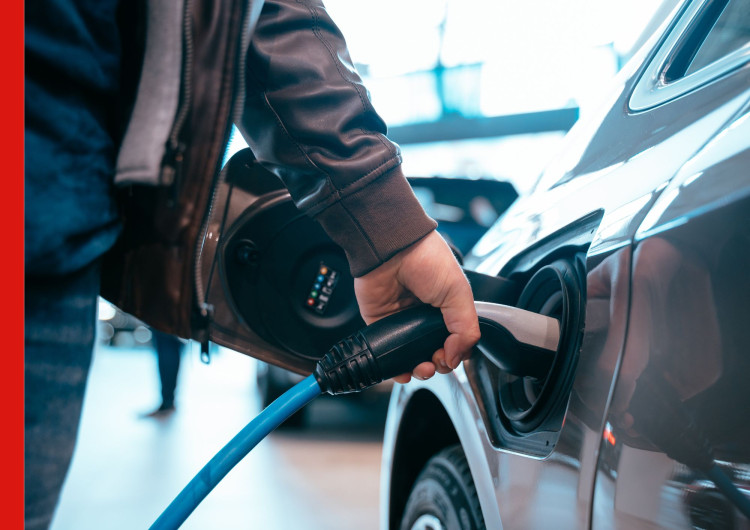
Battery electric vehicles (BEVs) cost more than internal combustion engine (ICE) cars - which can feel like a major stumbling block when you need to buy a new car.
But the purchase price doesn’t tell the full story. As prices start to fall, and with lower running costs, are EVs now the same price to own as fossil fuel cars – or even cheaper?
Purchase: ICEs are less expensive
When you compare similar vehicles, you’ll find the BEV option is more expensive than the ICE option. For instance, you can buy a new petrol-powered Hyundai Kona Series II from $35,990, while the Hyundai Kona Electric Series II starts from $69,990, although that drops to $61,365 after you get the government Clean Car Rebate.
However, EV prices are falling as manufacturers scale up their production and batteries get cheaper. The CEO of Volvo has predicted EV price parity by 2025; BloombergNEF forecasts that ICE cars will actually be more expensive to produce than EVs by 2027. shreya
Maintenance: EVs are cheaper
BEV engines are much simpler than internal combustion engines, with fewer moving parts, which means maintenance is far less expensive. There is no need to tune the engine, change the oil, replace the spark plugs, or service the transmission.
One study found electric vehicle servicing costs are one-third lower than ICE servicing costs. Based on this assumption, you might spend $1,000 maintaining a petrol engine each year or $666 to maintain a BEV. (Hybrid vehicles still have an ICE engine, so servicing costs won’t be much lower, if at all.)
Energy: EVs cost less to run
The energy cost of a BEV is just 15% of the fuel cost of an ICE car, according to GenLess. The average cost per 100km to run a BEV in New Zealand is $2.79 (including GST); the average fuel cost per 100km is $18.02. If you drive 10,000km per year, based on these numbers you would spend $1,802 on fuel for your ICE car or $279 on power for your BEV, an annual saving of $1,523.
Resale: EVs slightly ahead, and likely to gain ground
GenLess says five-year-old EVs sell for an average of 50% of their purchase price, whereas petrol cars sell for 43% of their purchase price. That means if you paid $60,000 for a brand-new car, five years later you’d get $30,000 for it if it was an EV, or $25,800 if it was a petrol vehicle. A significant, but not enormous difference.
However, this difference is likely to increase as demand grows for EVs. People who don’t like the price of a new EV will likely snap up a second-hand one. The second-hand market for ICE cars may drop away, especially if fuel prices rise again, or as ICE sales and production start to fall away (which would further drive up maintenance costs).
Lifetime: It’s about even – but the tide is turning
If you spend $25,000 extra on a BEV instead of an ICE car, you’re likely to recoup that money over the car’s lifetime in lower running costs and maintenance, and a higher resale price.
The full cost of an EV is already the same as an ICE car, “if you consider subsidies in various markets and total cost of ownership”, according to one Deloitte report. And BEVs are rapidly gaining momentum, so the financials are tipping more heavily in favour of BEVs all the time as more are produced and battery technology improves. But don’t take our word for it: you can crunch your own numbers using GenLess calculator to compare vehicle costs before you buy your next car.
